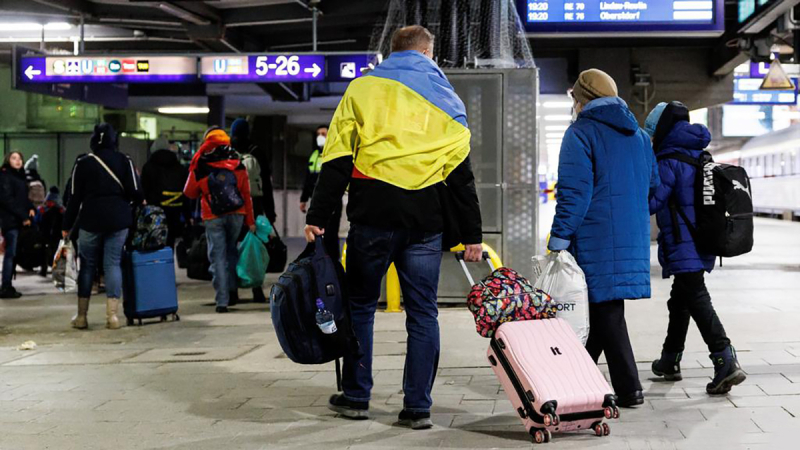
How refugees can apply for international aid/DW
Due to the full-scale invasion of Russia, many Ukrainians lost their homes or were forced to leave in order not to live in the occupation. For refugees, there are many social assistance packages from both Ukraine and international organizations.
ShareFbTwiTelegramViberShareFbTwiTelegramViber
Attorney Anna Daniel in an exclusive comment on Channel 24 told how Ukrainian IDPs can get international assistance.
Daniel recalled that international assistance is provided to war victims of the most vulnerable categories of the population in accordance with the vulnerability criteria agreed in memorandums with international organizations.
Such assistance is paid in the amount of from 2200 to 2500 hryvnias for 1-3 months. And it is additional to the state ones.
Curious!The Ministry of Social Policy of Ukraine reported that, according to memorandums concluded with UN agencies and other international organizations, more than 10 billion hryvnias were raised to pay benefits to more than 2 million people affected by the war.
How to apply for international assistance
- Through the social security authorities or through the “help” site. The Ministry of Social Policy of Ukraine collects this information and passes the lists to international organizations for payments to avoid duplication.
- Online or directly through the representative office of an international organization in Ukraine.
The United Nations Refugee Agency provides assistance. It is a global organization dedicated to saving lives, protecting rights and building a better future for refugees, internally displaced communities and stateless persons.
Special conditions of the program
Internally displaced persons belonging to one or more vulnerable categories, in particular:
- a family with only one parent (either father or mother) with two or more children under 18 years old or elderly (over 60 years old);
- a family that is supported one/several elderly people or an elderly person with one or more children under 18;
- a family with one or more persons with special needs (disability, chronic diseases, etc.);
< li> foster families who take care of unaccompanied children and children, intelligence with parents (documented).

